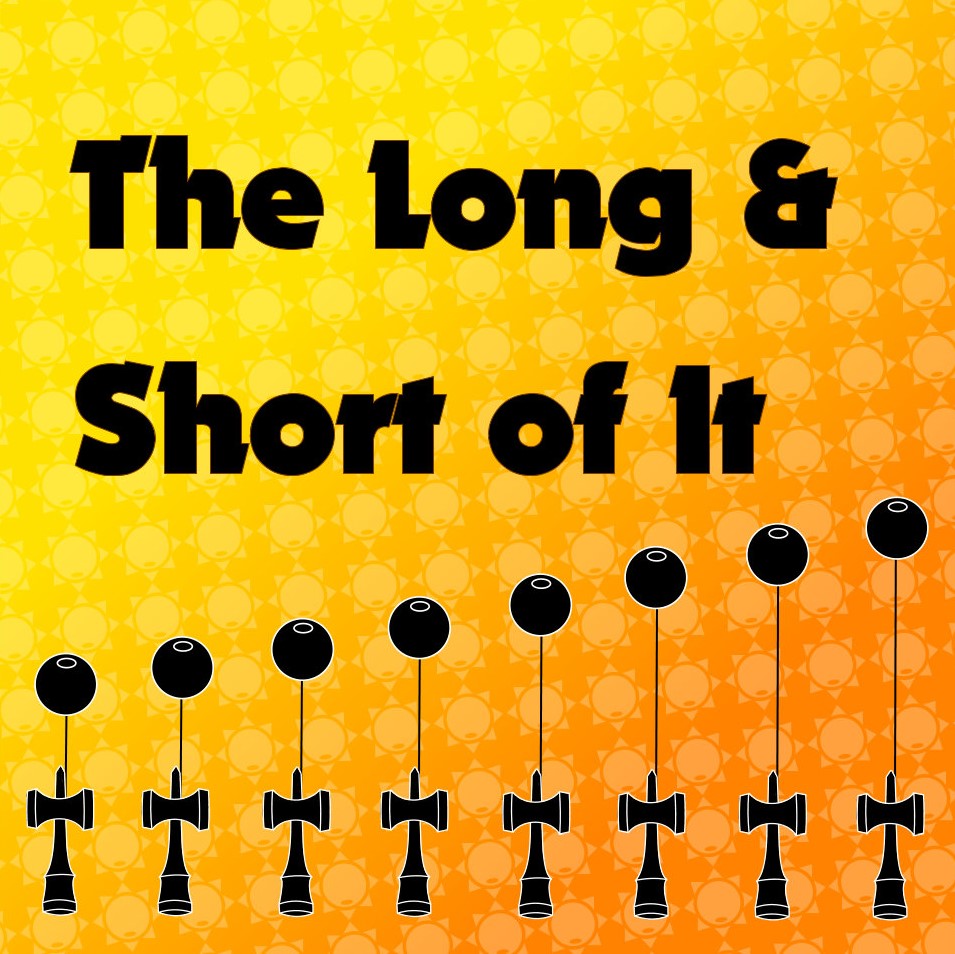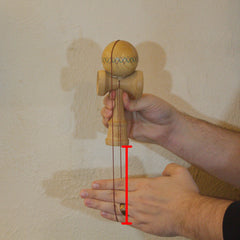
Once upon a time, strings on kendama were pretty standard across the community. Just five years ago, the Japanese Kendama Association's standard length was commonly used among kendama players. Although there are purists, things change; string length was one of the first to do so. If you've played any amount of time, you might recall Sol Kendamas' Kris Bosch responding to the "haters" by posting a video to his YouTube channel. Landing each trick debated, he showed the camera that the length of the string used was JKA standard, strengthening his point that string length does not impede your ability to land tricks.
Over the past decade, we have seen an incredible amount of crossover from Yoyo and other skill toys as players like Daniel Robinson and Adrian Esteban have paved the way for a new genre of kendama play. Even by Gloken's standards, there is no set requirement for string length. So what's the deal; why are strings getting longer and longer? Why do all players mess around with the length of their strings these days?

(Edit: 2 finger length is widely misconceived, and was actually the “minimum length”; there is no rule on how long string should be. Cr. Adrian Esteban)


This is much more of the widely used standard you will find today. Most all companies sell kendamas with at least 3 finger strings already set up, some pushing the length even further out of the box. These lengths all play pretty similarly, which is why they are together here. Most kendama players these days play within this range. It's a nice middle ground, not too long as to hinder aerial tricks, not too short as to limit your mobility during play.

Very popular among players who are higher-level play who do new-gen tricks, such as juggles, late kenflips, and others. In order to maximize the time they have between movements, they push the string length to the extreme. By doing this, they can toss ken or tama higher in the air, allowing them to accomplish more tricks or transitions before it falls back down. Very few companies ship their kendamas with strings this long, but it's becoming increasingly more common. It may be very tempting to jump to this length of string, but it also has a couple drawbacks.
I only meant this to inform you of what you might expect when you string up that new kendama. All string lengths are great and preference varies from player to player. I recommend trying out several lengths and seeing what you like best! Start with something long and try it out, then shorten it little by little. Eventually, you'll find a length that feels great to play; tie your knot there. Keep in mind, depending on the length, some tricks get easier and some get harder. The glorious thing about it; it's so easy to swap it out later if you change your mind!